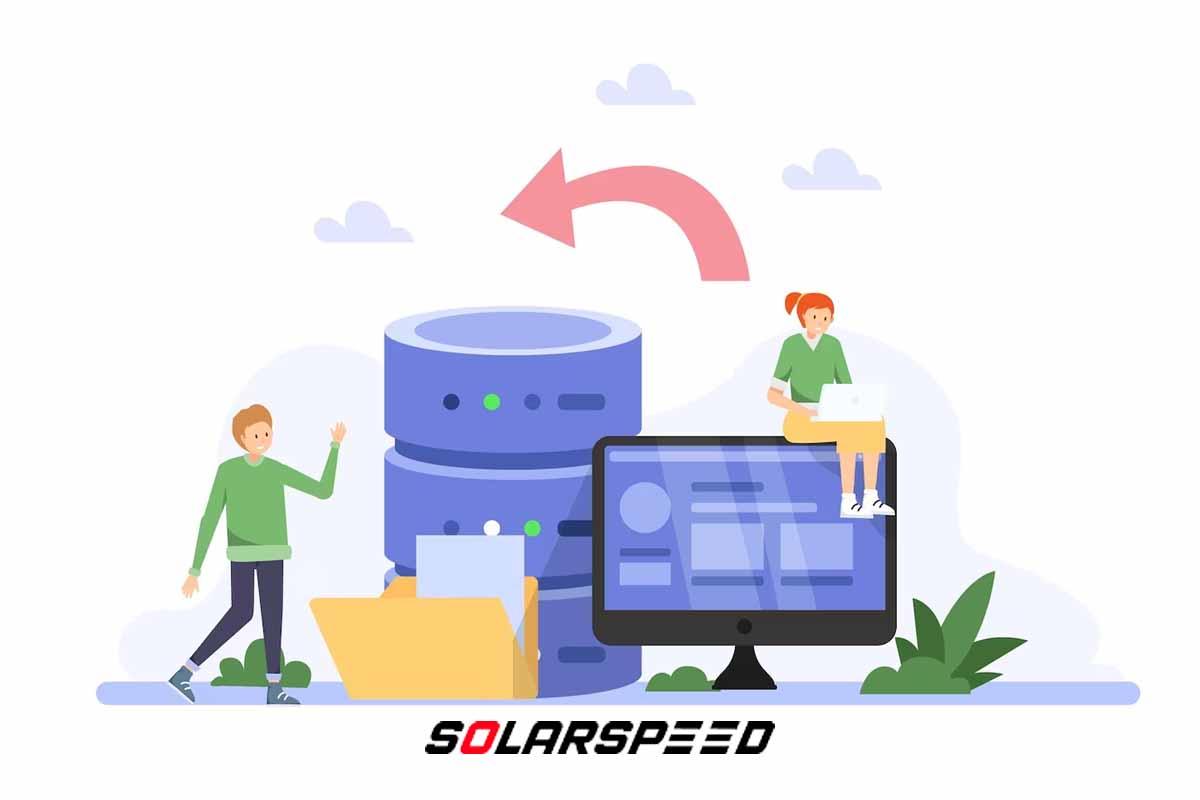
Explore The Principles of Object Storage with SolarSpeed CDN
Given the substantial surge in digital content creation, businesses and institutions must seek improved methods for storing, organizing, and retrieving data. A survey conducted by data management specialist Komprise revealed that over 50% of organizations managed 5PB or higher of data in 2022, up from under 40% in 2021. Conventional storage approaches might struggle to meet the escalating demand for storage due to constraints in scalability, cost-efficiency, and adaptability. This is where the significance of object storage truly shines.
What Is Object Storage?
Object storage represents a technique for storing and overseeing data in the form of distinct entities known as objects. This storage architecture adeptly manages extensive volumes of unstructured data. Unlike conventional methods that arrange data within hierarchies like directories and folders, object storage regards data as singular entities, each possessing distinct identifiers.
Understanding the Mechanics of Object Storage: How It Works?
Object storage is a method of storing and managing data in a highly scalable and flexible manner. It is a type of data storage architecture that treats data as discrete, self-contained objects rather than as a traditional file hierarchy. Each object consists of the data itself, metadata (information about the object), and a unique identifier. This approach is particularly well-suited for handling massive amounts of unstructured data, such as images, videos, audio files, backups, and documents.
Differences of Object Storage, File Storage & Block Storage
Object storage, file storage, and block storage are three distinct methods of managing and storing data within computer systems. Each has its own characteristics, use cases, and advantages that you should know.
Object Storage
Object storage is a data storage architecture that manages data as discrete objects, each containing not only the data itself but also metadata and a unique identifier. These objects are stored in a flat address space, usually in a large, distributed storage system. Object storage is highly scalable and suitable for storing vast amounts of unstructured data, such as images, videos, documents, and backups. It is commonly used for cloud storage, content delivery, and data archiving.
File Storage
File storage manages data in a hierarchical structure, organizing it into directories and files. It is similar to how files are organized in a typical file system. File storage is well-suited for sharing and managing data among users and applications. It is commonly used in network-attached storage (NAS) systems and supports concurrent access to files. File storage is suitable for scenarios where multiple users or applications need access to the same data files.
Block Storage
Block storage manages data as individual blocks or chunks of data, each with its own address. These blocks are typically organized in a block-level storage system and are often used as the underlying storage for operating systems and applications. Block storage is efficient for handling raw data and is commonly used in storage area networks (SANs). It provides low-level access to storage, making it suitable for applications that require direct control over storage operations.
Key Benefits of Object Storage
Object storage offers several benefits that make it a popular choice for storing and managing large amounts of data, especially unstructured data. These benefits make object storage particularly suitable for use cases such as cloud storage, data archiving, backup and recovery, content delivery, media streaming, and building data lakes. Organizations with large amounts of unstructured data or those looking for a cost-effective and scalable storage solution often choose object storage to meet their storage needs.
Let’s find out in detail about the perks of object storage!
Scalability
Object storage systems are designed for massive scalability. They can handle petabytes or even exabytes of data without significant performance degradation. This scalability is achieved by distributing data across multiple nodes or data centers, allowing organizations to grow their storage infrastructure as their data needs increase.
Flexibility and Metadata
Each object in an object storage system is associated with metadata that provides important information about the object. This metadata can include details such as content type, creation date, custom attributes, and more. This rich metadata allows for efficient organization, searching, and categorization of data, making it easier to manage large datasets.
Durability and Data Redundancy
Object storage systems prioritize data durability. Objects are often replicated or distributed across different nodes or geographical locations, ensuring that data remains accessible even in the event of hardware failures or other issues. This redundancy minimizes the risk of data loss and contributes to high availability.
Cost-Effective
Object storage is often more cost effective than traditional storage solutions. It’s designed to work with commodity hardware, which means organizations can use standard servers and drives rather than specialized storage equipment. Additionally, because object storage systems use a flat namespace and efficient data distribution, they can optimize storage space and reduce the need for overprovisioning.
Global Accessibility and Content Distribution
The systems of object storage can be accessed over the internet using standardized APIs. This enables global accessibility, making it easy to retrieve and manage data from different locations and devices. When used in conjunction with CDNs, object storage supports efficient content distribution to users around the world, reducing latency and improving user experience.
Summary
Object storage and Content Delivery Network (CDN) solutions are closely related and often work together to provide efficient and high-performance content delivery to users. In essence, object storage and CDNs complement each other by optimizing the delivery of static content to end-users.
Object storage provides a scalable and reliable way to store and manage content, while CDNs enhance the distribution of that content by caching it at edge locations for faster access and improved user experience.